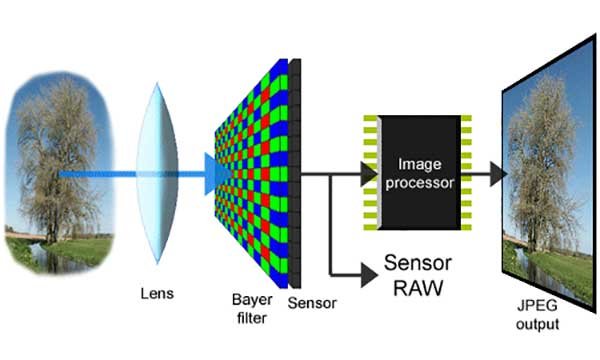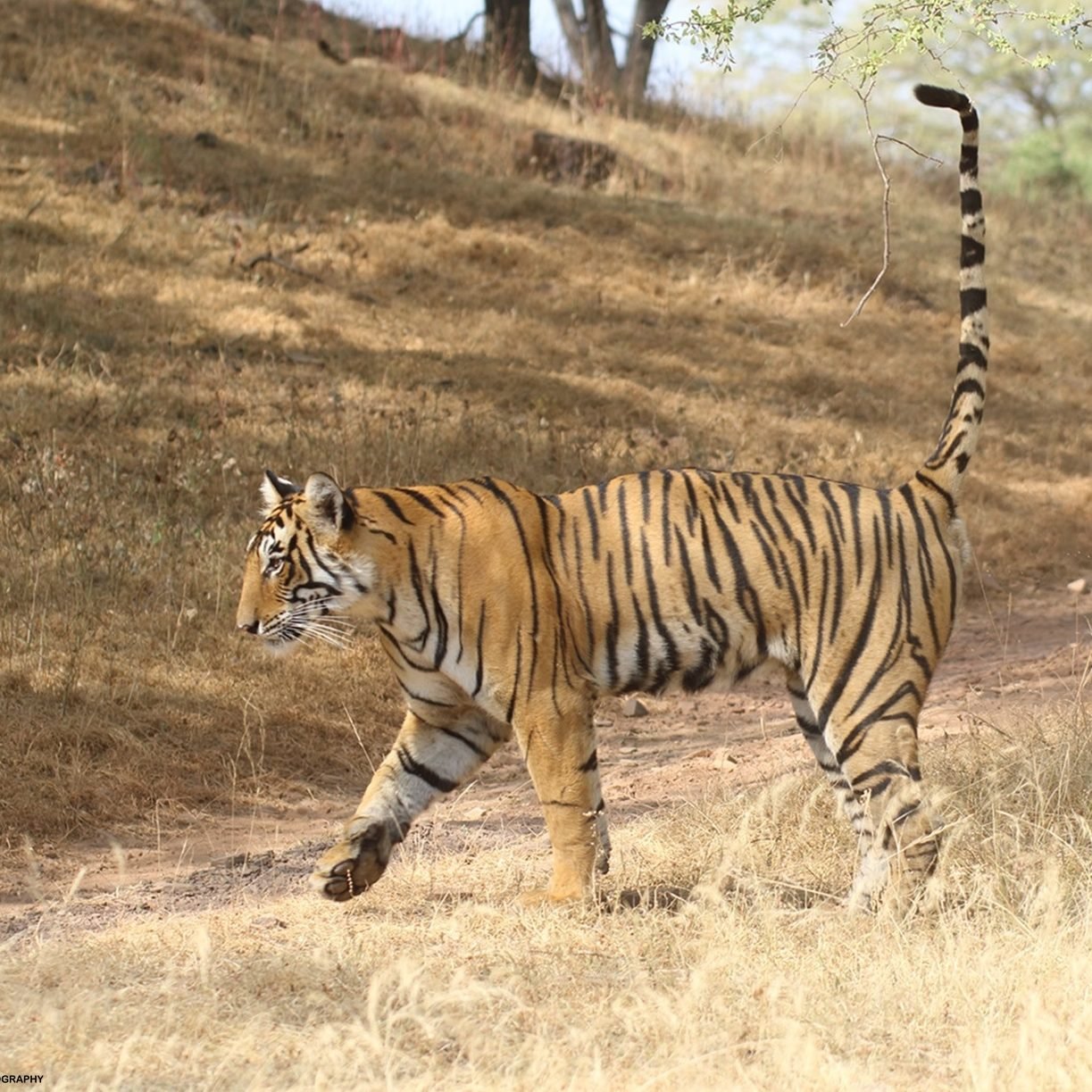Ashok Sorout photography
I am a telecom professional, serving Indian telecom industry since 1991. I started my journey of photography in early 1999 after I bought my first SLR film camera (EOS88) and started photography of events and people. Slowly this became my hobby and it took wings during 2008 when I received my 1st DSLR (EOS1000D) from my wife as my birthday gift.
In recent few years my hobby has turned in to passion for capturing wild animals and natural habitats on digital media. I love to spend my free time in the beauty of natural habitats and with wild animals. I am learning by experience of fellow photographers and by reading articles written by renowned photographers. I am still in the process of learning and you also can learn basics of digital and photography along with me by reading the details given below and by downloading a simple interactive and informative PPT created especially for beginners in this field. We have created a non-commercial group for wildlife enthusiasts to share their experiences at a common platform. To join this group called "wildlife Club" follow the links below.
Immense experiences for everyone
Digital Photography
Photography allow us to document and preserve our memories and history. The concept of photography is largely based on one of the most important principles of physics, the way light works. Using the properties of light, developers of cameras are today able to create one of the most revolutionary devices in history called the digital camera. The camera utilizes lenses and mirrors to create an image which is then recorded on light-sensitive sensors, which can later be processed to obtain photographs. In todays world, cameras still use the principles of light that they have been based on for more than 100 years.
Is a camera that encodes digital images and videos digitally and stores them for later reproduction. Most cameras sold today are digital and digital cameras are incorporated into many devices ranging from PDAs and mobile phones (called camera phones) to vehicles.
Digital and film cameras share an optical system, typically using a lens with a variable diaphragm to focus light onto an image pickup device. The diaphragm and shutter admit the correct amount of light to the imager, just as with film but the image pickup device is electronic rather than chemical. However, unlike film cameras, digital cameras can display images on a screen immediately after being recorded, and store and delete images from memory. Many digital cameras can also record moving videos with sound. Some digital cameras can crop and stitch pictures and perform other elementary image editing.
How digital Camera Works

A digital camera is combination of Lens, sensor and processor, The light hit the object and it reflects back from the object and enters in to the lens, The lens focuses the light and send it to the digital sensor which is made of tiny elements made up of silicon. Digital sensor converts the light in to digital information, the digital processor process the light information collected by the sensor and store it to a storage media attached to the camera this final stored information is called image which can be seen on any digital device like PC/Laptop/Phone. The mega pixel of the camera dependent on the size and micro crystals in the sensor.
Lenses
Camera lenses use the basic properties of light to project real images onto sensors. Camera will always contain at least one converging lens, in order to project a clear and defined image.
Different focal lengths of cameras specify how much you can magnify an image, and what will be in focus. Camera lenses use complex combinations of many different lenses, but the concept is the same as for two lenses. The image from the first lens becomes the object on the next lens, and so on and so forth, until the final image is projected onto the digital sensor.
The reasons why cameras have so many different lenses built in is to correct for errors such as chromatic aberrations and other issues that will affect the focusing of the image. To see the difference, compare the images from pinhole cameras (on the other page) and the pictures from a normal camera-- the pinhole camera, with only one "lens", has distortion of the image. The reason why most cameras (any type) have multiple lenses is to correct these errors and others.
Different types of lenses have different focal length ranges. For instance, a 50mm lens has a focal length of 50 mm, and is typically used on cameras with 35mm film size for a "normal" view. Telephoto lenses (as shown in the picture), have a longer focal length, to allow for zooming. However, this also corresponds to a shallow depth of field--the more you zoom in, the smaller your picture gets. Wide angle lenses, in comparison, have a deep depth of field and much of the scene is in the picture.
What is Sensor?
Digital SLR cameras capture their images on a silicon semiconductor referred to as a digital sensor. This sensor is composed of an array of photosensitive diodes called photosites that capture photons (subatomic light particles) and converts them to electrons, much like solar panels convert light to energy. This build up of electrons in each photosite is converted to a voltage which in turn is converted to digital data as a picture element or ‘pixel’. There are mainly 2 types of sensors, CCD and CMOS.
CCD sensors derive their name from how the charge is read after an image is captured. Utilizing a special manufacturing process, the sensor is able to transport the built up charge across itself without compromising the image quality. The first row of the array is read into an output register, which in turn is fed into an amplifier and an analog to digital converter. After the first row has been read, it is dumped from the read out register and the next row of the array is read into the register. The charges of each row are ‘coupled’ so as each row moves down and out, the successive rows follow in turn. The digital data is then stored as a file.
CMOS (Complimentary Metal Oxide Semiconductor) sensors or Active Pixel sensors were first discussed in length in a paper from Dr. Eric Fossum, a scientist at NASA’s. CMOS sensors derive their name from the way they are manufactured. They are cut from a CMOS wafer which is cheaper to produce then a CCD wafer, provides less power consumption, and also allow for more involved circuitry along side of the photosite array. Each photosite in the CMOS sensor has three or more transistors which has its benefits and its draw backs. The transistors allow for processing to be done right at the photosite, and each pixel/photosite can be accessed independently. Because the transistors occupy space on the array, some of the incoming light hits the transistors and not the photosites, which leads to picture noise. CMOS sensors also function at a very low gain which may contribute to noise.
GOT PASSION FOR PHOTOGRAPHY?
If you like to visit new places, explore jungles, Photograph wildlife, work towards wildlife conservation and more, than you are at right place….
We are in the process of creating a group for wildlife loving people. This group will help new users to learn nature and wildlife photography.
This group will also work towards conservation of wildlife habitats in India.
I am looking for volunteers to develop our website www.wildlifeclub.net If you have the potential of developing the community website please do write to us.
Wildlife photography
It is passion for photography concerned with documenting and keeping memories of various animal, flora and fauna and natural habitats of wildlife in their natural habitat. It is one of the more challenging forms of photography. As well as requiring sound technical skills, I am fortunate enough to spend some time with India's renowned photographers and learn from their experiences such as being able to expose correctly, wildlife photography generally need good field craft knowledge and skills. For example, some animals are difficult to approach and thus a knowledge of the animal's behavior is needed in order to be able to understand and predict its actions. Photographing some shy species may require stalking skills and the use of a hide/blind for concealment.
Guide to Wildlife Photography
Wildlife photography is very passionate work, it can be difficult some times, capturing wild animals requires extra amount of patience as most animals will not pose for the camera. There are a few basic photography tips and techniques when shooting wildlife photography, best tools for this will be patience and attention.
You should always have the camera out and ready to use. Wild animals are normally very shy and fast in movements that’s the reason you should keep your gears ready all the time when in wild habitat.
Approaching the wild animal from near distant is not suggested most of the time and the two most important pieces of equipment plays vital role in wildlife photography are camera lens zoom and shutter speed.
A macro lens should be used to capture small animals such as insects and a zoom lens to capture animals standing at a distance.


EXPLORE YOUR POTENTIAL WITH US
Join "wildlife club" to start building up your skills and share experiences.
431927 Unique Visitors 513878 Page-views
